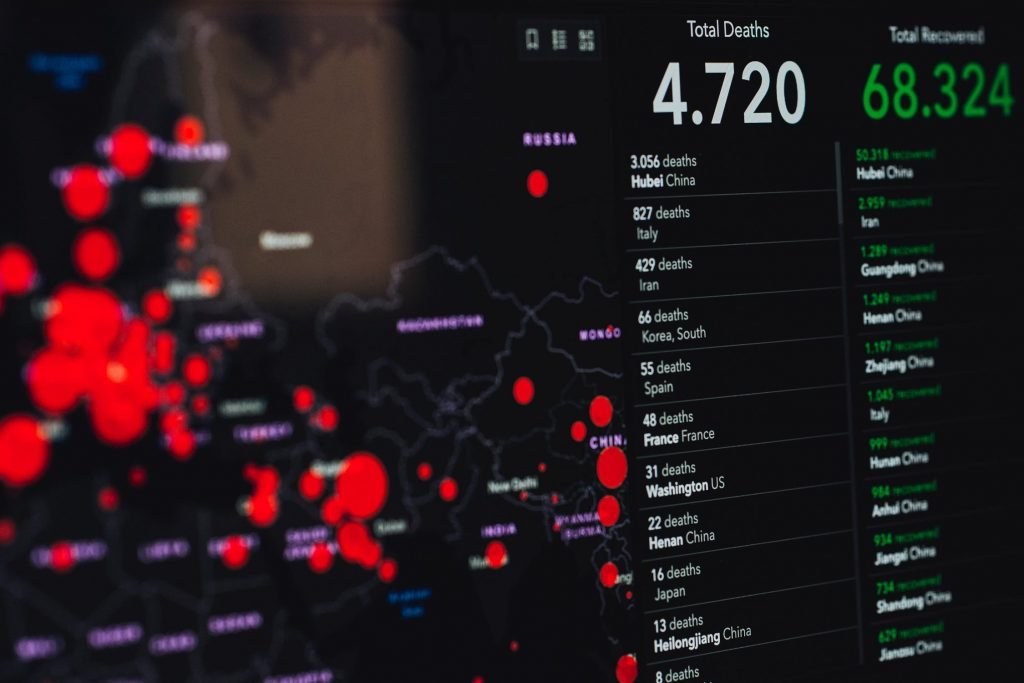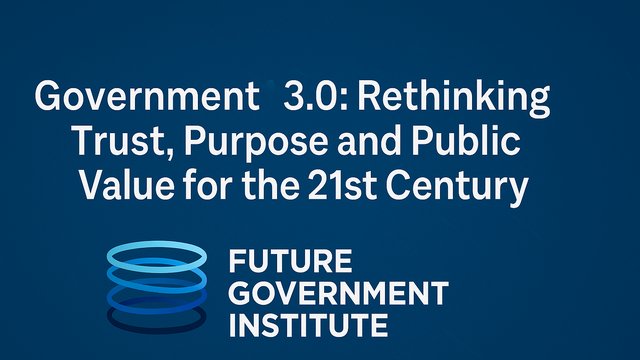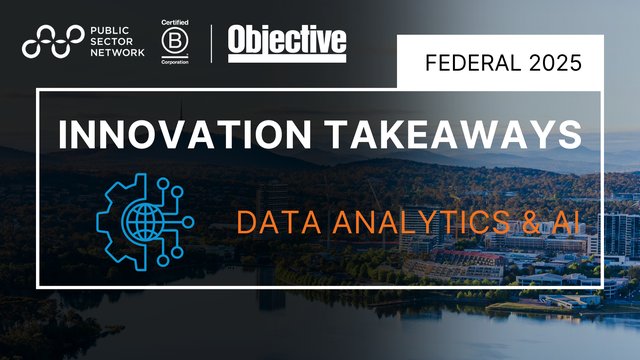Every year, Australian communities face devastating losses caused by disasters.
Even more so in 2020-21, Australians have endured a number of catostrophic events exacerbated by extreme weather conditions due to the ongoing climate crisis. Cyclones, floods, storms, bushfires and the pandemic have presented operational challenges to frontline agencies across all levels of government.
Thankfully, as the demand for coordinated disaster response increases, as do our agency’s capabilities. In recent years, digital and technological transformation has played a key role in improving collaboration and coordination across police, fire, ambulance and emergency services.
There are a number of innovations transforming the world of emergency management, and improving safety outcomes to frontline workers and citizens.
Read on to discover how new and emerging technology is improving all stages of emergency management in 2021 and beyond.
The Emergency Management Cycle
ACOSS’ Resilient Community Organisation defines Emergency Management by four key facets; Prevention, Preparedness, Response and Recovery .
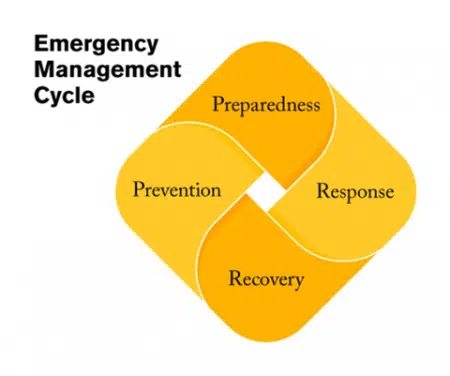
Source: Emergency Management Cycle
Variations of this model are used throughout Australia ( Emergency Management Victoria , for example, refer to a three-phase emergency management cycle which includes prevention, recovery and response).
Whilst the specific models may vary, they cover the same tasks, with which technology can assist. In fact, digital transformation is already occurring across each stage of the Emergency Management Cycle to streamline operations among agencies who share a common goal; to improve safety, resilience and recovery outcomes in Australian communities during and after disasters occur.
Prevention
Prevention
(AKA mitigation) refers to actions undertaken in advance.
Preventative actions reduce the likelihood of a disaster event occurring, and the severity of the disaster should it eventuate. Prevention activities are ongoing, with technology helping to improve preventative initiatives across emergency management portfolios.
Technology in Prevention
Climate-conscious backburning
Hazard reduction burning (AKA prescribed burn or fuel reduction burn) is an important part of bushfire prevention. Unfortunately, smoke pollution caused by such practices can fumigate nearby communities, causing problems in health and liveability. To tackle this issue, more attention is being focused on managing this burning without the use of fuel. In Australia, specially designed portable furnaces that have low smoke emissions are being used to mitigate bushfires while minimising air pollution in surrounding communities.
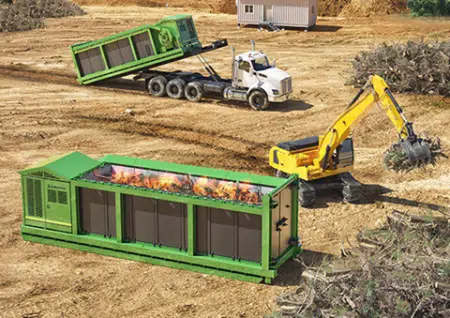
Source: Air Burners
Building sustainable seawalls
Sea walls , breakwaters, groins and jetties provide coastal protection from strong swells and erosion. However, concrete sea walls are expensive to build and local governments may not have sufficient budget to harden such infrastructure in their community year on year. Luckily, a team from the Oceanography Program of Bandung Institute of Technology have engineered modified coconut husks as an alternative to a material sea wall , inspired by coastal bio-engineering applied in the US. This sustainable and cost-effective practice is driving disaster prevention in poorer coastal communities across the Asia-Pacific region.
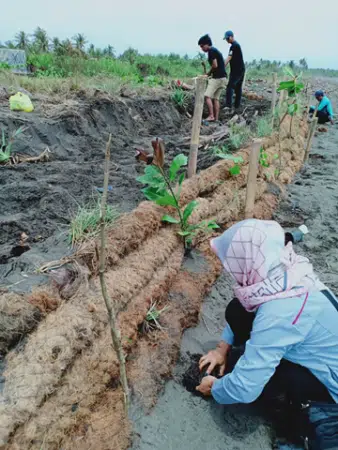
Source: The Conversation via Susanna Nurdjaman
Safeguarding energy infrastructure
Natural disasters can trigger the collapse of energy infrastructure, meaning communities are vulnerable to long and widespread blackouts. Hardening and increasing the resilience of energy infrastructure can help mitigate these outages. By flood-proofing utility systems (such as electricity, water, sewage and fuel), strategising placement and protection of critical infrastructure (e.g. burying major electrical equipment underground and elevating substation equipment above water level) and improving response time during a blackout (e.g. through Demand Response (DR) ), communities can ensure citizen access to energy in times of crisis.

Source: Critical Infrastructure Information (PCII) Act of 2002 (USA)
Preparedness
Preparedness
involves making arrangements, creating and testing plans, training, educating and sharing information to prepare communities should an emergency eventuate.
Local governments, disaster districts and the state prepare for disasters through a continuous cycle of risk management, planning, coordinating, training, equipping, exercising, evaluating and taking corrective action to ensure the effective coordination and response during disasters.
According to a UN report on The Human Cost of Disasters 2000–2019 , overall climate-related disasters have increased 83 per cent in the 21 st Century. To help reduce the loss of life, scientists today employ a wide array of technological tools to better anticipate natural disasters and improve weather forecasting.
Technology in Preparedness
Earthquakes
A predictive solution developed by experts at Cornell University is able to better forecast “slow-slip earthquakes” (a type of tectonic motion of much lower intensity that can last for hours or days) by leveraging artificial intelligence (AI) and machine learning (ML) technologies to analyse big data.
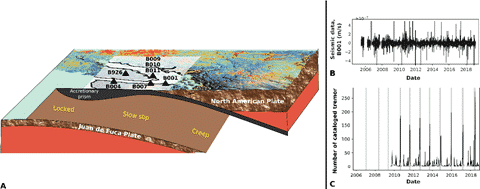
Source: A Silent Build-up in Seismic Energy Precedes Slow Slip Failure in the Cascadia Subduction Zone
Heatwaves
Another predictive solution developed by the Indian Institute of Tropical Meteorology forecasts models using complex algorithms that can assess the onset, duration and demise of an upcoming heat wave. The system identifies problematic regions and predicts the rise in temperatures that pose risks.
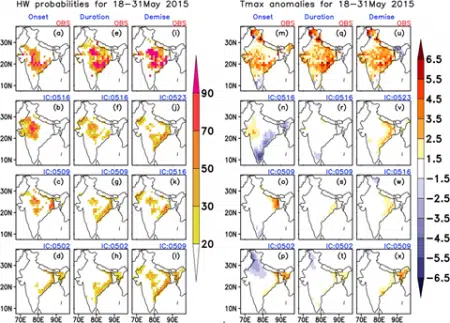
Source: Real time extended range prediction of heat waves over India
Floods
The Australian Bureau of Meteorology provides flood forecasting and warning services for most major rivers in Australia. Flood Warnings typically include a statement about both current and expected levels of flooding at key locations, along with a weather forecast and the latest available observations of river height and rainfalls in the area.
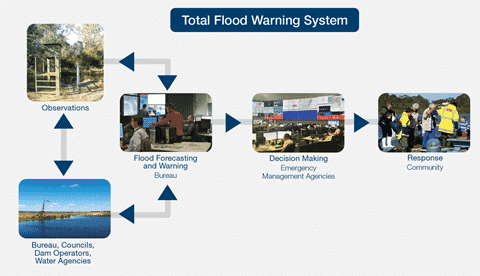
Source: BOM’s Total Flood Warning System
Bushfires
Data 1 of the CSIRO have developed a Wildfire Simulation Toolkit named Spark . Spark enables end-to-end processing, simulation and analysis of wildfires. Users can design custom fire propagation models by building on Spark’s GPU-based computational fire propagation solver and incorporating various input, processing and visualisation components, each tailored for wildfire modelling.
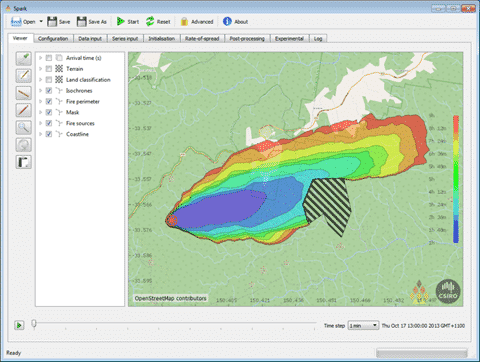
Source: Data 61 (CSIRO)
Response
Response is the assistance and intervention during or immediately after an emergency.
The aim of response operations is to save lives, protect property and make an affected area safe. Accordingly, response is the operationalisation and implementation of plans and processes, and the organisation of activities to respond to an event and its aftermath.
Technology assists with response operations, equipping frontline personnel and citizens with better situational awareness, critical insights and resources.
Technology in Response
Geographic Information Systems (GIS)
Industry leaders are developing real-time flooding models to provide situational awareness to emergency response and recovery personnel on the frontline. Water follows gravity, which means that if you know the topology of a place through GIS, you can predict where the water will flow to.
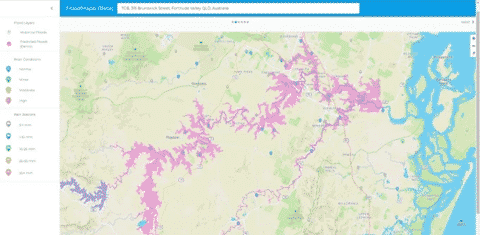
Source: Brisbane-based Start-Up Floodmapp’s predictive mapping in action
Internet of Things (IoT)
IoT networks are enabling connected vehicles to transmit information about car accidents to emergency services. The emergency responders get the exact time and location of the accident, the vehicle registration number, and the severity of the accident. By using IoT technology, emergency responders can find accidents more quickly and easily, and better respond to the situation.
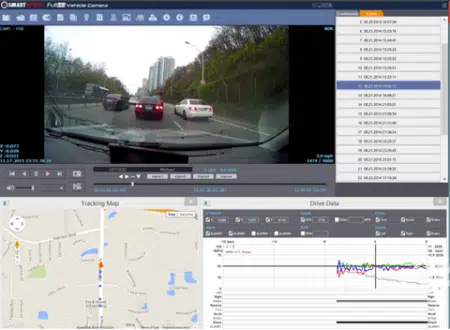
Source: Sierra Wireless’ SmartWitness solution, using in-vehicle cameras and IoT
Drones
A range of agencies are using drones to provide emergency first responders with the accurate, real-time information they need to quickly locate and rescue victims of natural disasters. Drone-based emergency response missions result in a drastic decrease in fatalities and injuries, and can reduce a disaster’s social, environmental and economic impact.
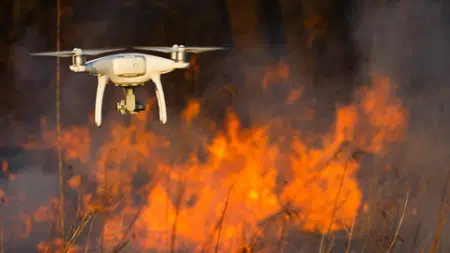
Source: CISCO
Common Operating Pictures (COPs)
A common operating picture (COP) is a common overview of an incident that is created by assessing and fusing information from multiple sources, and is shared between appropriate command, control and coordinating groups to support joint decision-making. Throughout the pandemic, the Australian Department of Health has released Coronavirus (COVID-19) common operating pictures weekly to provide a traffic light report on the evolution of the pandemic across Australia.
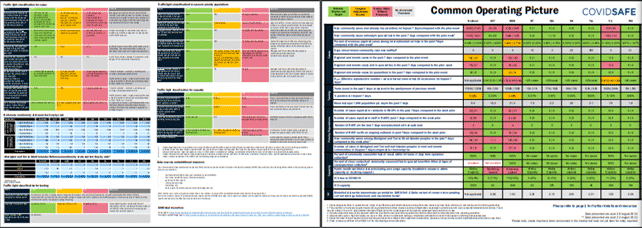
Source: Coronavirus (COVID-19) common operating picture – 26 August 2021 (Australian Department of Health) Source: Coronavirus (COVID-19) common operating picture – 26 August 2021 (Australian Department of Health)
Recovery
Recovery
refers to the coordinated process of supporting emergency-affected communities in reconstruction of physical infrastructure and restoration of emotional, social, economic and physical wellbeing.
Although the recovery process is usually measured in months or years, natural disasters have on-going implications for affected communities. To tackle the challenges of recovery, a range of agencies have digitalised welfare services with emerging technology.
Technology in Recovery
Digital Identity and Facial Recognition
Services Australia used facial recognition software during the 2019-20 bushfires to help verify the identities of survivors applying for government aid. The opt-in trial was rolled out across multiple states and allowed people to establish their identity in situations where they may not have had access to documents like passports or licences. The NSW Registry of Births Deaths and Marriages also helped bushfire victims to reestablish their identity , with Digital.NSW subsequently implementing a proof of identity (POI) product to help citizens prove their digital identity across government agencies.
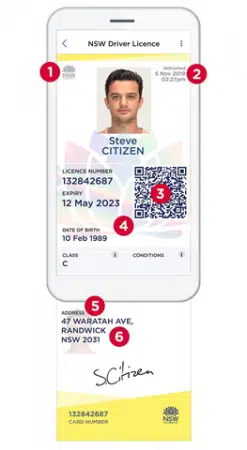
Source: NSW Digital Driver Licence
Welfare Payments
In an international example, the Romanian Ministry of Labour, Family and Social Protection leveraged Robotic Process Automation (RPA) in collaboration with other Industry 4.0 technologies to distribute relief payments during COVID-19 . The agency successfully fast-tracked claims through process automation, delivering a 10-day turn around and automating 96% of claims.
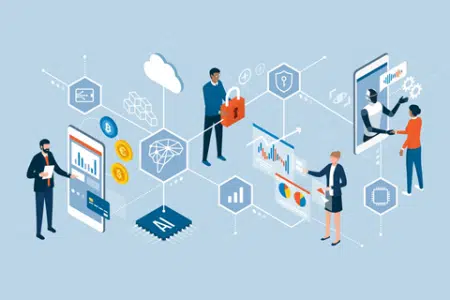
Source: Shutterstock
3D Planning Technologies
After the devastating earthquake of 2011, the Christchurch government used innovative planning technologies to reimagine how Christchurch could look. The council also released interactive panoramic photographs showing in stark detail the destruction caused by the earthquake , while a 3D virtual reconstruction of Christchurch allowed citizens to revisit their lost city.
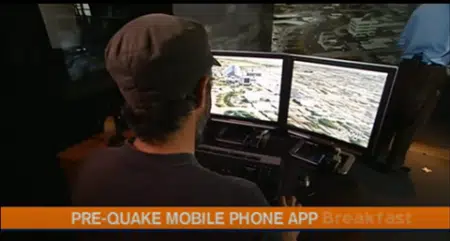
Source: CityViewAR
In Summary
Australian agencies are leveraging new and emerging technologies to deliver improved outcomes to citizens and workers throughout the Prevention, Preparedness, Response and Recovery stages of the emergency management cycle.
To explore more case studies and insights from across Australia, join
Public Sector Network
’s
virtual
Emergency Management Innovation
event
on Thursday 7
th
October.
Register
for this complimentary virtual session to connect with other emergency management professionals, share best-practice and develop more coordinated whole-of-government emergency response.
